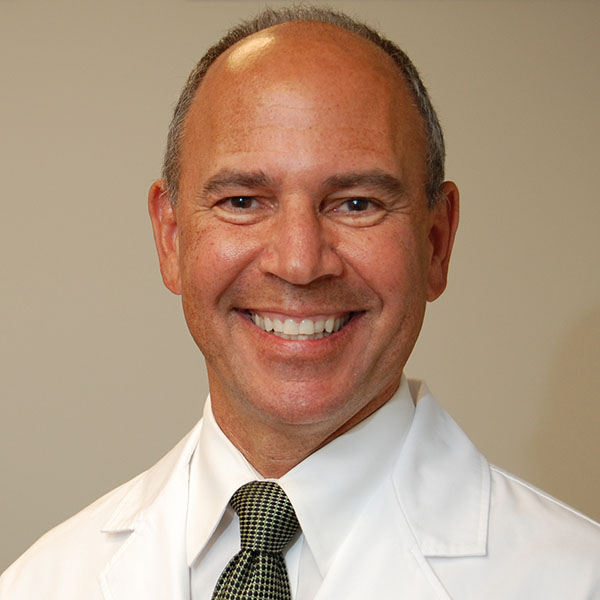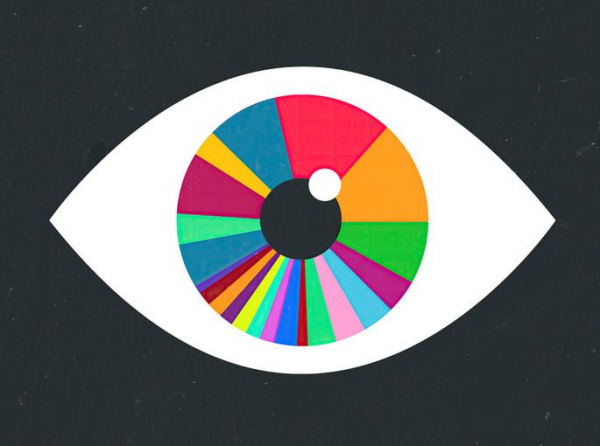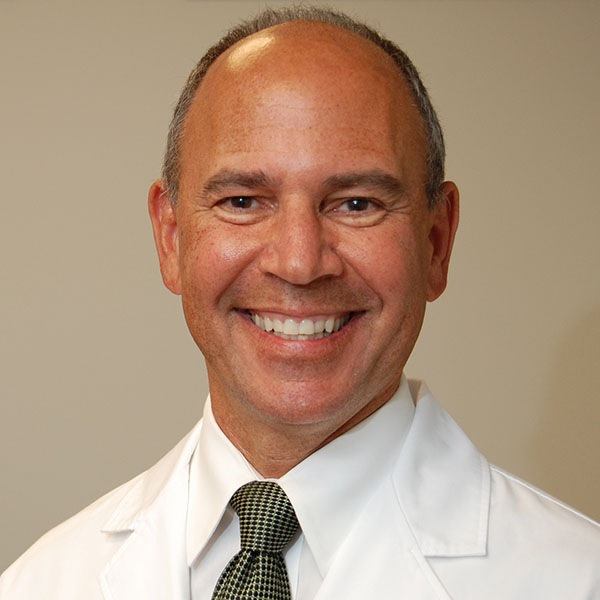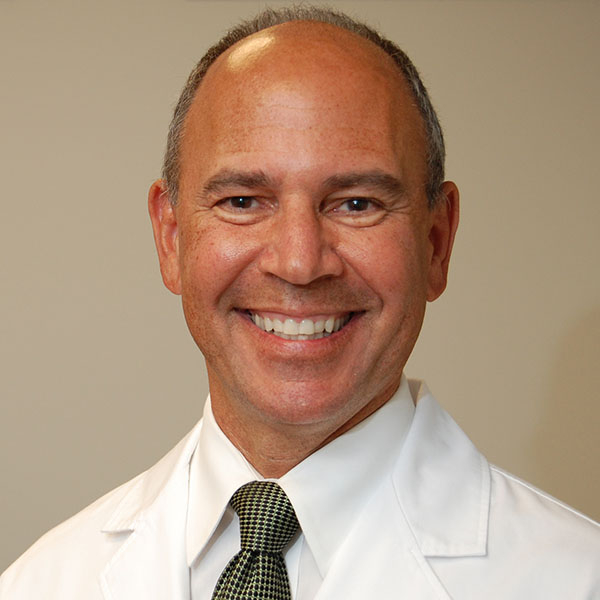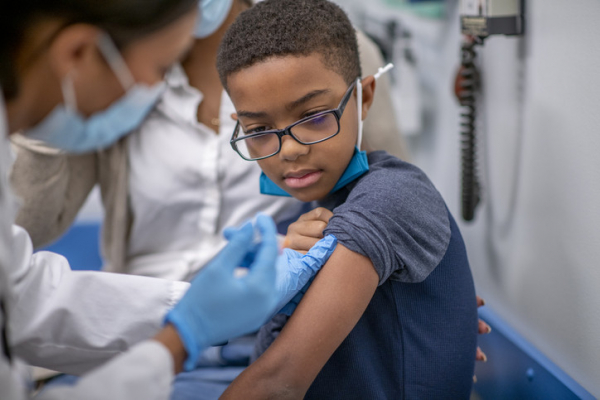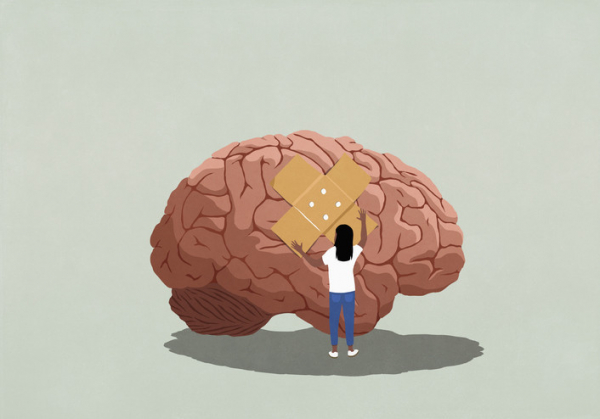
It’s an unfortunate reality: all medicines can cause side effects. While there are a few tried-and-true ways to deal with drug side effects, here’s a less common option to consider: adding a second medication.
That’s the approach taken with valbenazine (Ingrezza), a drug approved for a condition called tardive dyskinesia that’s caused by certain medicines, most of which are for mental health. Let’s dive into what TD is, how this drug is advertised, and what else to consider if a medicine you take causes TD.
What is tardive dyskinesia?
Tardive dyskinesia (TD) is a condition marked by involuntary movements of the face or limbs, such as rapid eye blinking, grimacing, or pushing out the tongue. TD is caused by long-term use of certain drugs, many of which treat psychosis.
TD may be irreversible. Early recognition is key to improvement and preventing symptoms from getting worse. If you take antipsychotic medicines or other drugs that can cause TD, tell your prescribing health care provider right away about any worrisome symptoms.
A sidewalk sale, a cookout in the park, and a pitch
One ad for Ingrezza starts with a young man working with customers at a sidewalk sale. Though his mental health is much better, he says, now he’s suffering with TD, a condition “that can be caused by some mental health meds.” A spotlight shines on his hands as he fumbles and drops an instant camera he’s selling. He seems embarrassed and his customers look perplexed.
Next we see a young woman at a cookout in a park. The mysterious spotlight is trained on her face as she blinks and grimaces involuntarily. Her voiceover explains that she feels like her involuntary movements are “always in the spotlight.”
Later these two happily interact with others, their movement problems much improved. A voiceover tells us Ingrezza is the #1 treatment for adults with TD. The dose — “always one pill, once a day” — can improve unwanted movements in seven out of 10 people. And people taking Ingrezza can stay on most mental health meds.
That’s the pitch. The downsides come next.
What are the side effects of this drug to control a side effect?
As required by the FDA, the ad lists common and serious side effects of Ingrezza, including
- sleepiness (the most common side effect)
- depression, suicidal thoughts, or actions
- heart rhythm problems
- allergic reactions, which can be life-threatening
- fevers, stiff muscles, or problems thinking, which may be life threatening
- abnormal movements.
That’s right, one possible side effect is abnormal movements — a symptom this drug is supposed to treat!
What the ad gets right
The ad
- appropriately highlights TD as a troubling yet treatable condition that can cause stress and embarrassment and affect a person’s ability to function
- emphasizes once-daily dosing, presumably because the recommended frequency of a competitor’s drug for TD is twice daily
- shares clinical studies that support effectiveness claims
- covers many of the most common and serious side effects.
What else should you know?
Unfortunately, the ad skims over — or entirely skips — some important details. Below are a few examples.
Which medicines cause TD?
We never learn which medicines can cause TD (especially when used long-term), which seems vital to know. Many, but not all, are used to help treat certain mental health disorders, such as schizophrenia or bipolar disorder. Here are some of the most common.
Mental health medicines:
- haloperidol (Haldol)
- fluphenazine (Prolixin)
- risperidone (Risperdal)
- olanzapine (Zyprexa).
Other types of medicines:
- metoclopramide (Reglan), which may be prescribed for nausea, hiccups, and a stomach problem called gastroparesis
- prochlorperazine (Compazine, Compro), most often prescribed for severe nausea, migraine headaches, or vertigo.
Also, the ad never explains that TD may be irreversible regardless of treatment. Because improvement is most likely if caught early, it’s important for people taking these medicines to check in with their health provider if they notice TD symptoms described above — especially if symptoms are growing worse.
What about effectiveness and cost?
Seven in 10 people reported that their symptoms improved, according to the ad. How much improvement? That wasn’t shared. But here’s what I found in a key study:
- Among 202 study participants with TD, only 24% reported having minimal or no symptoms of TD after six weeks of treatment with Ingrezza.
- Up to 67% of study subjects reported smaller improvements in symptoms.
What happens after six weeks? A few small follow-up studies suggest that some people who continue taking Ingrezza may improve further over time.
And the cost? That’s also never mentioned in the ad. It’s about $8,700 a month. No details on the financial assistance program, or who qualifies for free treatment, are provided.
Are there other ways to manage TD?
Well, yes. But the ad doesn’t mention those either. Three approaches to discuss with your healthcare provider are:
- Avoid drugs known to cause TD when other options are available.
- If you need to take these medicines, it’s safest to use the lowest effective dose for the shortest time possible. For example, limiting metoclopramide to less than three months lowers risk for TD.
- If you notice TD symptoms, ask about lowering the dose or stopping the offending drug right away. This may successfully reverse, or reduce, the symptoms.
If you have TD, you and your health care provider can consider several options:
- whether other drug treatments for TD not mentioned in the ad, such as deutetrabenazine (Austedo) or tetrabenazine (Xenazine), might cost less or minimize bothersome side effects
- botulinum toxin injections (Botox), which can relax the muscle contractions causing involuntary movements
- deep brain stimulation, which involves electrical stimulation to certain areas of the brain to interrupt nerve signals to abnormally contracting muscles.
The bottom line
The idea of treating a drug’s side effect with another drug may not be appealing. Certainly, it makes sense to try other options first.
But sometimes there are no better options. It’s always worth asking whether a treatment is worse than the disease. But TD is one situation in which all options — including a drug treatment for another drug’s side effects — are well worth considering.
About the Author

Robert H. Shmerling, MD, Senior Faculty Editor, Harvard Health Publishing; Editorial Advisory Board Member, Harvard Health Publishing
Dr. Robert H. Shmerling is the former clinical chief of the division of rheumatology at Beth Israel Deaconess Medical Center (BIDMC), and is a current member of the corresponding faculty in medicine at Harvard Medical School. … See Full Bio View all posts by Robert H. Shmerling, MD




